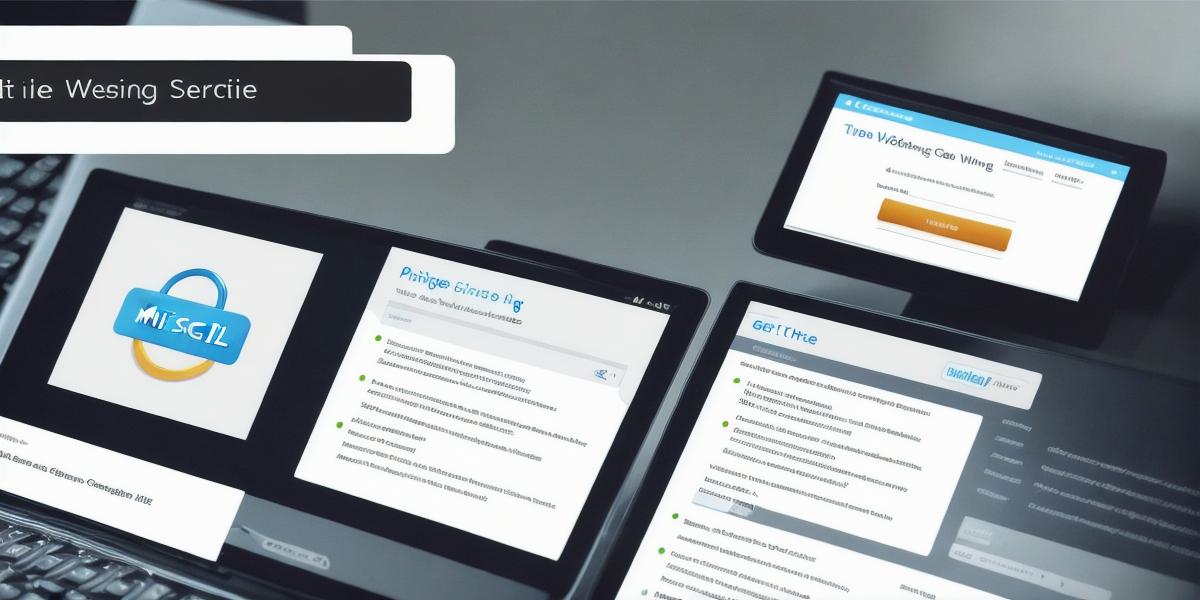Hosting a Website on a Server: Essential Steps

As a programmer, you know the importance of having a reliable and efficient website for your business or personal brand. However, hosting a website on a server can be a daunting task, especially if you’re new to it. In this article, we will guide you through the essential steps you need to take to host a website on a server.
Step 1: Choose a Server Provider
The first step in hosting a website is choosing a server provider that meets your needs. There are many options available, such as AWS, Google Cloud, and Microsoft Azure, among others. It’s essential to compare the features, pricing, and support offered by each provider before making a decision. You can also use review websites like SiteGround or Bluehost to get recommendations from other users.
Step 2: Select a Plan
Once you have chosen a server provider, you need to select a plan that suits your needs. Most providers offer various plans with different features and pricing. It’s essential to choose a plan that offers the resources and support you require for your website. If you’re not sure which plan to choose, consult with the provider’s customer support team.
Step 3: Create a Domain Name
The next step is to create a domain name for your website. A domain name is the address of your website on the internet. Choose a name that represents your brand and is easy to remember. You can purchase a domain name from the server provider or from other domain registrars like GoDaddy or Namecheap.
Step 4: Install a Web Server
Once you have selected a plan and created a domain name, you need to install a web server on your server. A web server is software that allows your website’s files to be served to visitors. The most common web servers are Apache, Nginx, and Microsoft IIS. You can either install the server yourself or use the provider’s control panel to do it for you.
Step 5: Upload Your Website Files
The next step is to upload your website files to the server. These files include HTML, CSS, JavaScript, images, and other media content. Most web developers use version control software like Git to manage their code and files. You can either upload your files manually or use FTP (File Transfer Protocol) software to automate the process.
Step 6: Configure Your Website
After uploading your website files, you need to configure them to work correctly on the server. This includes setting up DNS records, configuring firewalls, and configuring security certificates. It’s essential to follow the instructions provided by your server provider to ensure that your website is secure and accessible to visitors.
Step 7: Test Your Website
The final step is to test your website to ensure that it’s working correctly. You should check for broken links, slow loading times, and other issues that may affect your users’ experience. Use tools like Google PageSpeed Insights and GTmetrix to analyze your website’s performance and identify areas for improvement.
In conclusion, hosting a website on a server can be a complex process, but with the right information and guidance, it can be done easily. By following these essential steps, you can ensure that your website is reliable, efficient, and accessible to your users. Remember to choose a reputable server provider, select the right plan, and follow best practices for website security and performance.








